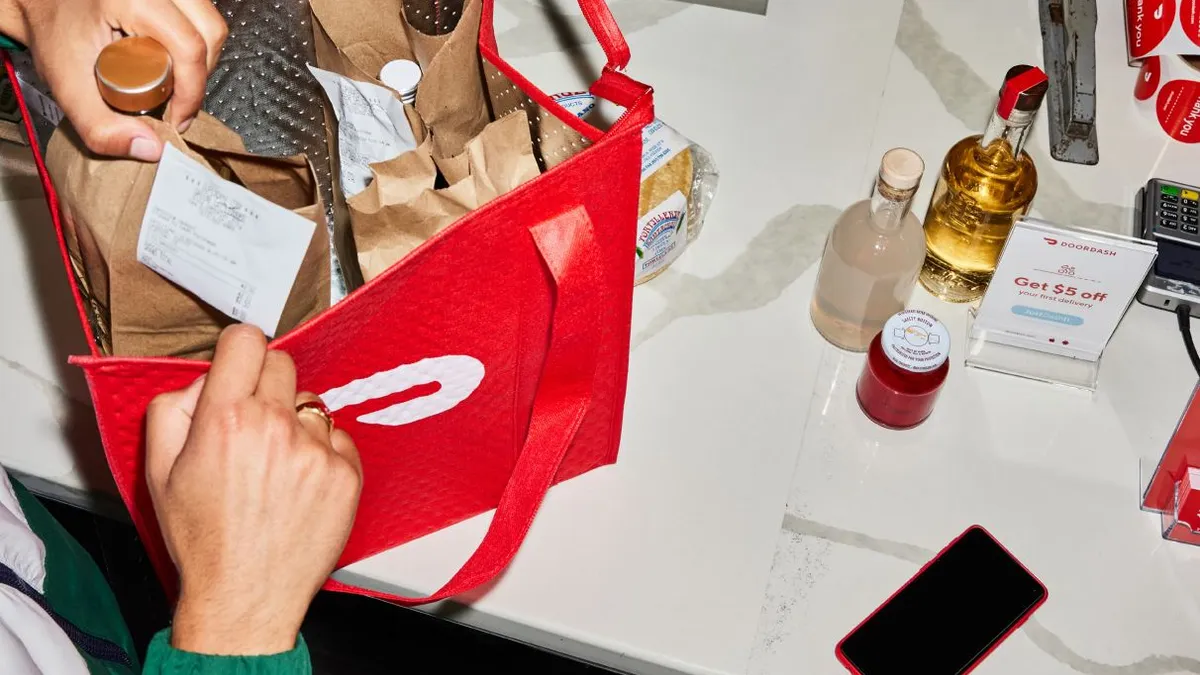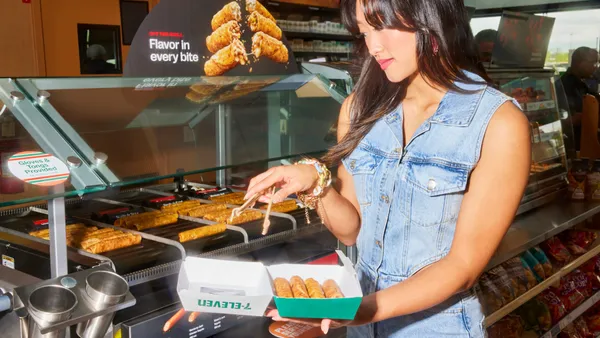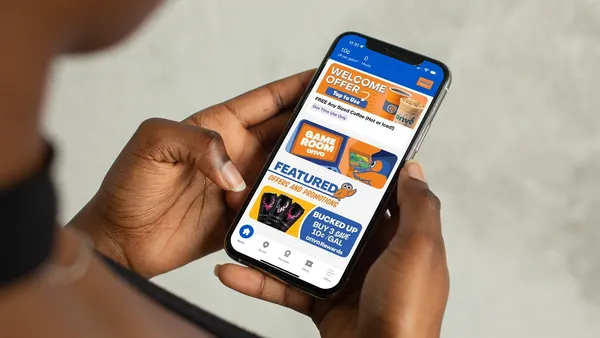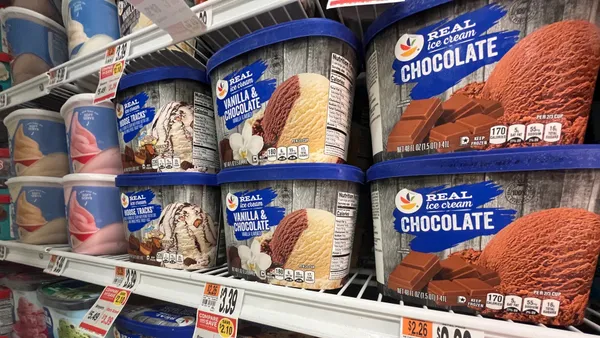Dive Brief:
- About 54% of consumers agree that online delivery is their preferred way to purchase alcohol, while 69% said they order alcohol online at least monthly, according to DoorDash’s new Alcohol Online Ordering Trends report.
- DoorDash also noted that 60% of consumers are using on-demand alcohol delivery more in 2023 than last year, and that its platform saw alcohol orders for delivery and pickup more than double between 2021 and 2022.
- While c-store alcohol profits remain high, tapping into delivery for the category — which is growing primarily from customers seeking convenience — can result in repeat sales moving forward, DoorDash notes.
Dive Insight:
A key contributor to the boom in alcohol delivery is the shift in shopping behavior spurred by the COVID-19 pandemic, according to the study. When asked why they’re shopping for alcohol online instead of in stores, nearly half of respondents said because of comfort, saving time and not having to leave their homes at inconvenient moments.
“What initially felt like a luxury, occasional expense has become part of the daily routine, and for many consumers, delivery is now their preferred way to safely purchase alcohol,” DoorDash said in its report.
DoorDash also noted that the current inflation crisis and economic downturn are contributing to the boom in alcohol delivery sales, as 18% of consumers said they order on-demand alcohol delivery to save money.
“People still want to gather and drink with friends, but are looking to do so in a more affordable way at home,” DoorDash said.
When it comes to what alcoholic beverages consumers are purchasing via delivery, flavored malt beverages — such as White Claw — and hard cider sit atop the most-ordered items list, according to the study. Additionally, the top three fastest-growing alcoholic beverages ordered for delivery among DoorDash users in 2022 were vodka, ready-to-drink cocktails and tequila.
DoorDash surveyed 500 U.S. consumers for its study who had used on-demand delivery in the past six months, ranging from people who use delivery less than monthly to at least weekly.











